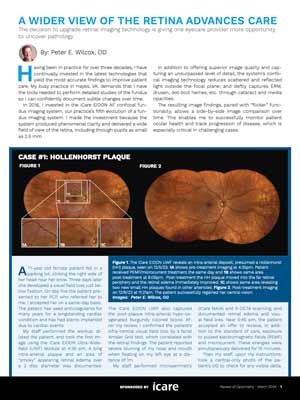Sponsored by Johnson & Johnson Vision
As a chronic, progressive disease, meibomian gland dysfunction has life-long consequences and requires ongoing care. Whether the patient is a heavy computer user, a contact lens wearer, or a candidate for cataract or refractive surgery, significant attention should be paid to identifying compromised, lost and malfunctioning glands.
Fortunately, our ability to assess gland function and structure has improved significantly with technology like the meibomian gland evaluator and meibography. Furthermore, if a patient has a diagnosis of dry eye disease, we can directly treat the primary causes of the disease as well as manage the ocular surface response (signs and symptoms) to having the disease.
As modern life marches on and patients become increasingly connected to digital devices and interested in refractive surgical procedures, the imperative to optimize ocular surface health should be a top priority. This guide is intended to help you do just that.
Additional Publications
-
A Wider View Of The Retina Advances Care
The decision to upgrade retinal imaging technology is giving one eyecare provider more opportunity
to uncover pathology.Sponsored by iCare
It’s Time to Talk to Your Patients about Digital Eye Strain
New Developments in Glaucoma
Ophthalmic Product Guide - February 2024
Preservatives in Eye Care: Intrepid Eye Society Consensus Discussion
2024 Conference Planner



